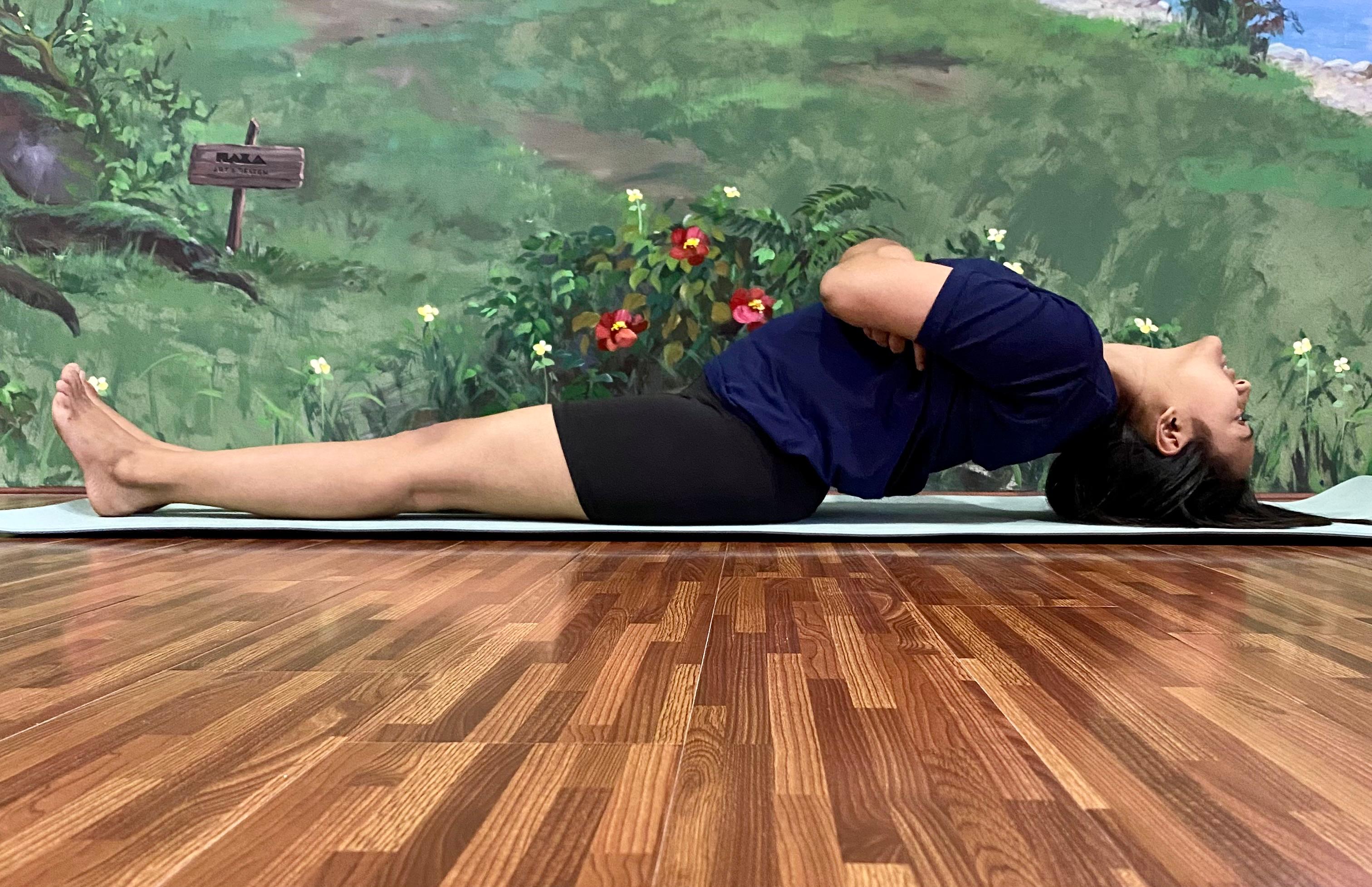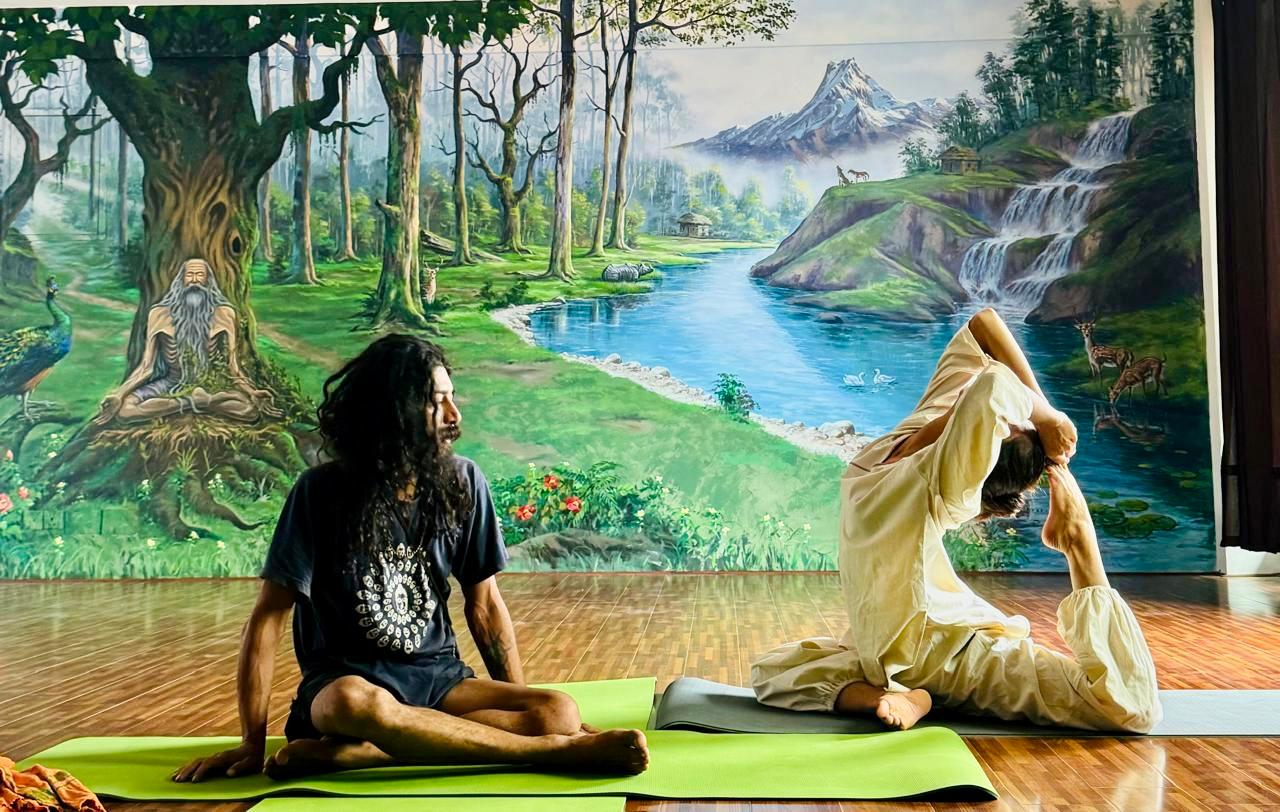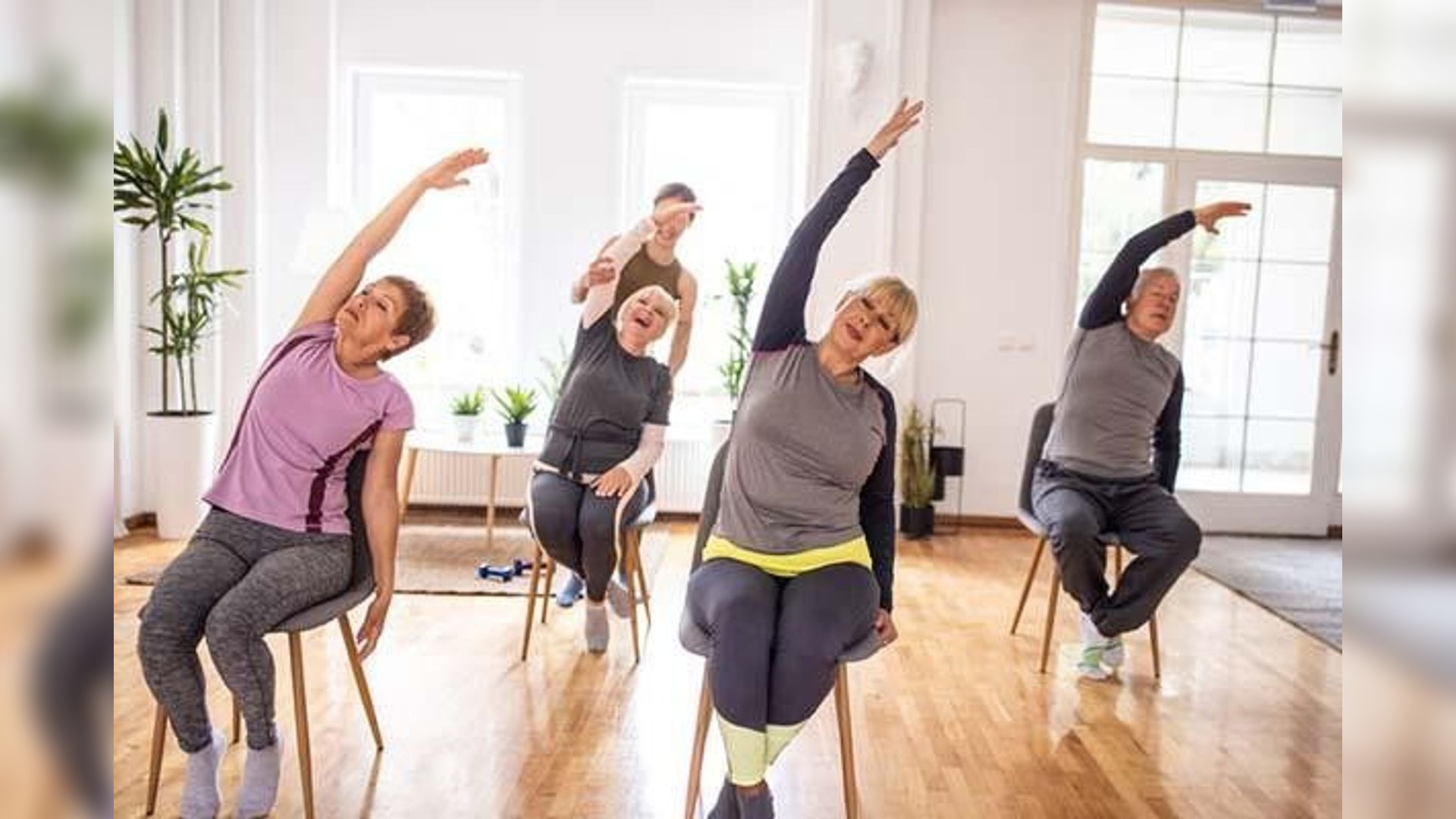Yoga is a time-honored practice that unites the mind, body, and spirit, offering numerous styles to suit different needs and preferences. Among the most practiced forms, Ashtanga Vinyasa Yoga and Hatha Yoga stand out for their unique characteristics. While both stem from ancient traditions, they provide distinct approaches that cater to varying goals. Understanding these differences can help practitioners choose the style that best aligns with their journey.
Origins and Evolution
Ashtanga Vinyasa Yoga
This dynamic and physically demanding practice follows a structured sequence of postures synchronized with breath. Its foundation can be traced back to the ancient text Yoga Korunta, attributed to Sage Vamana Rishi, which outlines a system of asanas and vinyasas (breath-linked movements). The method was later refined by T. Krishnamacharya and further developed by K. Pattabhi Jois, who established the Ashtanga Yoga Research Institute in Mysore, India.
Hatha Yoga
A gentler yet deeply transformative practice, Hatha Yoga has its roots in the 15th-century text Hatha Yoga Pradipika by Swami Swatmarama. This style emphasizes physical postures (asanas) and breath control (pranayama) to prepare the body and mind for spiritual awakening. It serves as the foundation for many modern yoga practices.
Key Differences in Practice
Ashtanga Vinyasa Yoga
- Structured Sequences: Follows a fixed sequence divided into Primary, Intermediate, and Advanced series.
- Dynamic Flow: Uses synchronized breathing (Ujjayi) and continuous movement (Vinyasa) to create a rhythmic flow.
- Focus on Energy and Awareness: Incorporates Drishti (gaze points) and Bandhas (energy locks) to deepen concentration and energy control.
Hatha Yoga
- Flexible and Adaptive: No fixed sequences; classes vary based on instructor guidance and student needs.
- Balanced Approach: Combines physical postures with breath control (pranayama) for overall well-being.
- Emphasis on Relaxation: Focuses on holding postures longer to enhance alignment, mindfulness, and flexibility.
Class Structure and Intensity
Ashtanga Vinyasa Yoga
- Predefined Class Structure: Follows a set series of postures, ensuring consistency in practice.
- High Intensity: Physically demanding, designed to build endurance, strength, and flexibility.
- Progressive Mastery: Practitioners must master each posture before moving to advanced sequences.
Hatha Yoga
- Flexible Class Design: Each session varies, catering to different levels and goals.
- Gentle and Accessible: Slower pace, focusing on deeper stretching and body alignment.
- Adaptable to All: Suitable for beginners and individuals with physical limitations, allowing modifications and use of props.
Benefits of Each Style
Ashtanga Vinyasa Yoga
- Strength and Stamina: Builds muscle strength and cardiovascular fitness.
- Mental Focus: Enhances discipline, concentration, and resilience.
- Detoxification: Intense movement generates heat, promoting internal cleansing.
Hatha Yoga
- Flexibility and Balance: Enhances joint mobility and body awareness.
- Stress Relief: Uses mindful breathing and relaxation techniques to calm the nervous system.
- Beginner-Friendly: Gentle and accessible, making it ideal for all levels.
Choosing the Right Yoga Practice
The choice between Ashtanga Vinyasa and Hatha Yoga depends on personal goals, experience, and preferences:
- Ashtanga Vinyasa Yoga is ideal for those seeking a structured, high-energy practice that builds strength and endurance.
- Hatha Yoga is better suited for individuals looking for a relaxed, adaptable approach focused on flexibility and mindfulness.
While beginners can explore both styles, Hatha Yoga offers a gentler introduction, whereas Ashtanga Vinyasa is more suited for those with some prior experience.
Conclusion
Both Ashtanga Vinyasa and Hatha Yoga offer unique benefits. If you thrive in a disciplined, vigorous practice, Ashtanga Vinyasa may be the right fit. If you prefer a slower, mindful approach, Hatha Yoga is an excellent choice. Regardless of your path, both styles serve as gateways to a healthier, more balanced life, supporting physical and mental well-being on the journey of self-discovery.
Recent Blog Posts
Vegetarian Sources of Good Fats
Dec 03, 2025

When Is the Best Time to Practice Yoga?
Oct 28, 2025


.jpeg)